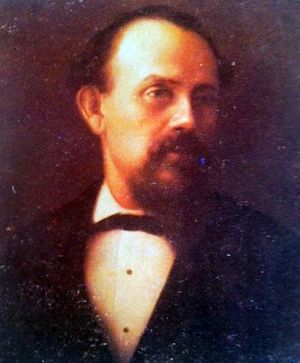El Nacional Monte de Piedad
Pedro Romero de Terreros arrived in New Spain in 1732. Wealthy but philanthropic, after many business successes he founded the pawn shop, the Nacional Monte de Piedad, on 25 February 1775, by royal decree of King Charles III dated 2 June 1774. The first building occupied by this institution was located on San Ildefonso Street and it subsequently was moved to the location it presently occupies at the northwest corner of the central plaza of Mexico City, which before the time of the conquest was the ancient Palace of Axayacatl, later occupied by the Aztec Emperor Moctezuma.
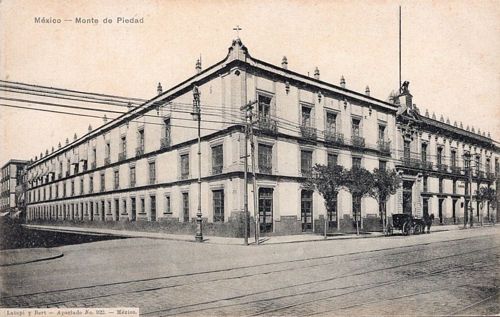
The Nacional Monte de Piedad grew in scope and by 1849 a banking department of deposits and savings had been opened paying an annual interest rate of 5% on savings. Later, it began to operate on an international scale placing money in accounts in European banking institutions.
On 6 September 1879 the Nacional Monte de Piedad was authorized to issue Certificados Confidenciales de Depósito (Confidential Certificates of Deposit) which were receipts used in commercial transactions and were made out to the bearer. In 1881 the Monte was granted the right to issue certificates as notes of voluntary circulation in the amount of 9,000,000 pesos.
American Bank Note Company print run
The American Bank Note Company produced the following notes for the Nacional Monte de Piedad. It made vignettes of Pedro Romero de Terreros (C 19)Pedro Romero de Terreros was born in Cortegana, Spain in 1710 and died on the Hacienda of San Miguel Regla, Hidalgo in 1781. It is said that he became the wealthiest man of his times and enjoyed making donations to schools, convents and hospices. In 1776, Romero de Terreros made a gift of a warship with eighty cannons to Charles III. Because of his excellent service to the Monarchy, the King conferred upon him the title of Count of Santa Maria de Regla (1768) and gave to his second and third sons and their successors the titles of Marquis of San Francisco and Marquis of San Cristobal respectively (1776). for the faces and of the bank (C 56) for the reverses.
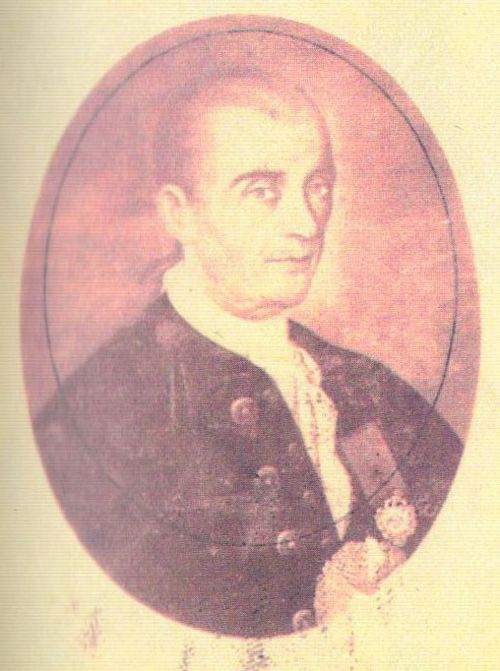
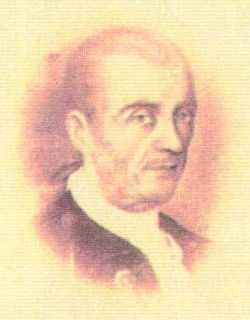
orignial portrait of Pedro de Terreros and vignette
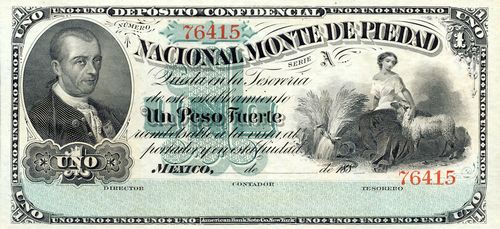
 M690r1 $1 Nacional Monte de Piedad remainder
M690r1 $1 Nacional Monte de Piedad remainder
 M691r1 $5 Nacional Monte de Piedad remainder
M691r1 $5 Nacional Monte de Piedad remainder
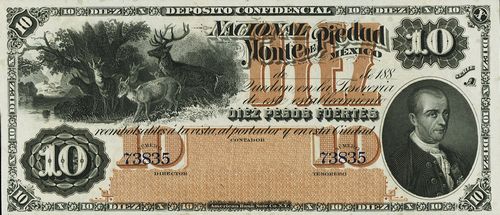
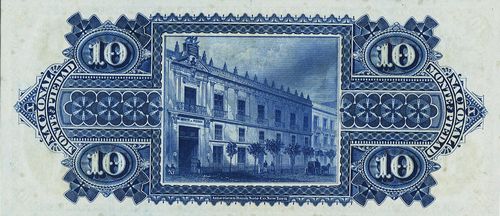 M692r1 $10 Nacional Monte de Piedad remainder
M692r1 $10 Nacional Monte de Piedad remainder
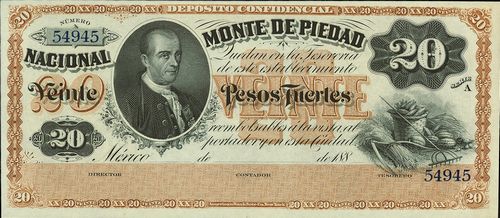
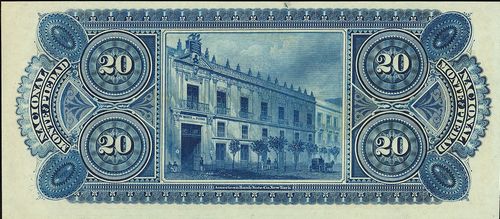 M693r1 $20 Nacional Monte de Piedad remainder
M693r1 $20 Nacional Monte de Piedad remainder

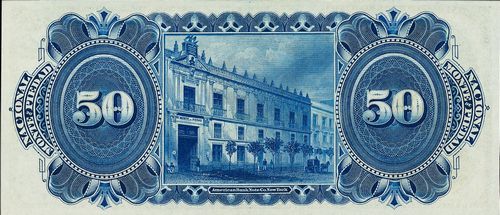 M694r1 $50 Nacional Monte de Piedad remainder
M694r1 $50 Nacional Monte de Piedad remainder
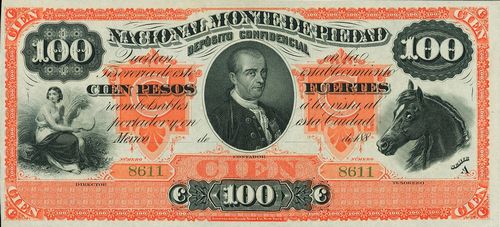
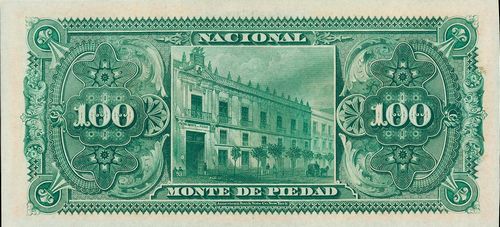 M695r1 $100 Nacional Monte de Piedad remainder
M695r1 $100 Nacional Monte de Piedad remainder
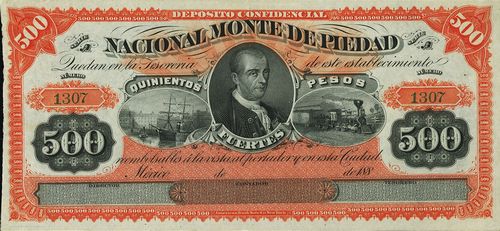
 M696r1 $500 Nacional Monte de Piedad remainder
M696r1 $500 Nacional Monte de Piedad remainder
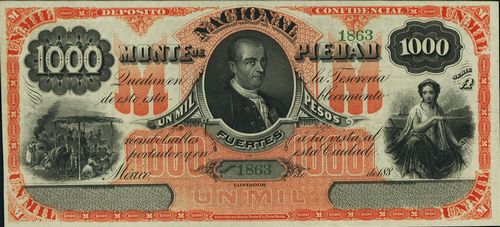
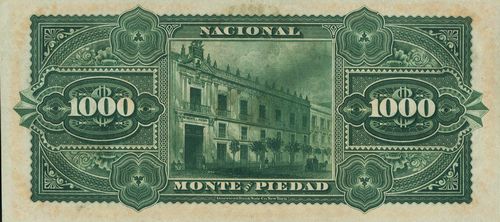 M697r1 $1,000 Nacional Monte de Piedad remainder
M697r1 $1,000 Nacional Monte de Piedad remainder
| Date | Value | Number | Series | from | to | Total value |
| February 1880 | $1 | 150,000 | A | 1 | 150000 | $ 150,000 |
| $5 | 30,000 | A | 1 | 30000 | 150,000 | |
| $10 | 15,000 | A | 1 | 15000 | 150,000 | |
| $20 | 7,500 | A | 1 | 7500 | 150,000 | |
| $50 | 9,000 | A | 1 | 9000 | 450,000 | |
| $100 | 4,500 | A | 1 | 4500 | 450,000 | |
| $500 | 1,000 | A | 1 | 1000 | 500,000 | |
| $1,000 | 1,000 | A | 1 | 1000 | 1,000,000 | |
| $3,000,000 |
| Date | Value | Number | Series | from | to | Total value |
| August 1881 | $5 | 30,000 | A | 30001 | 60000 | $ 150,000 |
| $10 | 85,000 | A | 15001 | 100000 | 850,000 | |
| $20 | 50,000 | A | 7501 | 57500 | 1,000,000 | |
| $50 | 20,000 | A | 9001 | 29000 | 1,000,000 | |
| $100 | 10,000 | A | 4501 | 14500 | 1,000,000 | |
| $500 | 2,000 | A | 1001 | 3000 | 1,000,000 | |
| $1,000 | 1,000 | A | 1001 | 2000 | 1,000,000 | |
| $6,000,000 |
Signatures
The known signatories were Trinidad García as Director, Antonio Villamil as Contador and J. E. Rangel, as TesoreroEl Siglo Diez y Nueve, Novena Epoca, Año XXXIX, Tomo 78, Núm. 12645, 12 August 1880.
Director
Contador
|
Antonio Villamil joined the firm on 6 March 1851. He was Cajero de Ahorros from 17 November 1856 to 14 May 1860, Oficial de Tesorería from 18 December 1857, Interventor de Tesorería from 3 January 1868, took over as Depositario and Juez de Almoneda on 28 February 1873, and moved to be Contador on 13 September 1875. He wrote a history of the institution, Memoria histórica del Nacional Monte de Piedad, in 1877. |
 |
Tesorero
| José Elías Rangel joined the firm on 10 September 1852. He was Cajero de Ahorros from 1 August 1860, Colocador from 5 August 1863, Oficial de Contaduría from 3 January 1868, Interventor de Tesorería from 1 October 1873 and Interventor de Depositaría from 8 March 1876. |  |
By 1882 difficult economic times and bad financial policies of the board of directors put the bank in a dangerous financial position. By 1884 the economic depression in Mexico became a crisis and the Monte could not redeem all notes presented for collection. The newly formed Banco Nacional de México took over the payment of 80% of the face value of these notes while the federal government agreed to accept the other 20% in payment of taxes.

